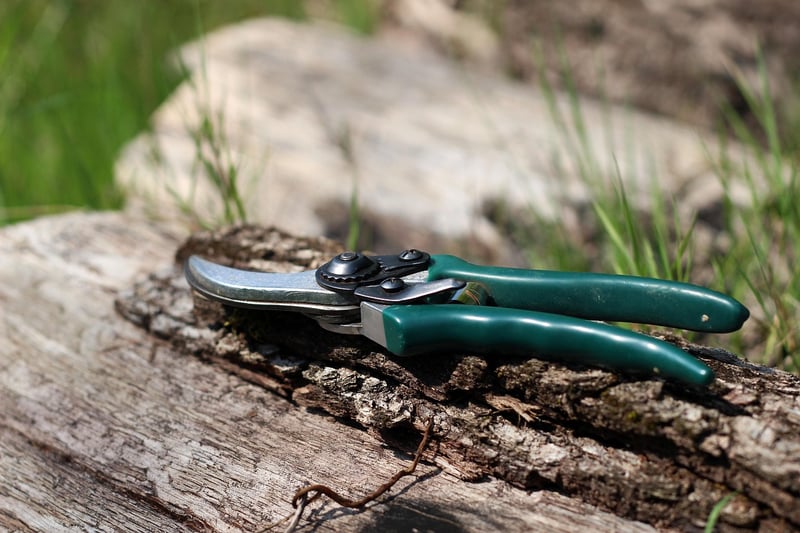Pruning Techniques
Guidance on Nurturing Plants and Pruning Techniques
Nurturing Plants
Properly nurturing plants is essential for their growth and overall health. Here are some tips to help you take care of your plants:
1. Watering
Ensure your plants receive the right amount of water. Overwatering can lead to root rot, while underwatering can cause wilting.
2. Sunlight
Place your plants in locations where they can receive adequate sunlight based on their specific requirements. Some plants need full sun, while others thrive in partial shade.
3. Fertilizing
Provide your plants with the necessary nutrients by fertilizing them regularly. Choose a fertilizer that suits the type of plants you are growing.
4. Pruning
Regular pruning helps promote plant growth and maintain their shape. It also helps in removing dead or diseased parts of the plant.
Pruning Techniques
Pruning is a crucial aspect of plant care that involves trimming or cutting back parts of a plant. Here are some pruning techniques to follow:
1. Deadheading
Remove dead or faded flowers to encourage the plant to produce more blooms. This technique also prevents the plant from using energy to produce seeds.
2. Thinning
Thin out crowded branches to improve air circulation and allow sunlight to reach all parts of the plant. This helps prevent diseases and promotes healthy growth.
3. Heading Back
Cut back the tips of branches to encourage bushier growth and prevent the plant from becoming leggy. This technique is commonly used on shrubs and hedges.
4. Rejuvenation Pruning
For older or overgrown plants, rejuvenation pruning involves cutting back the plant significantly to stimulate new growth. This technique is best done during the plant's dormant season.

By following these nurturing and pruning techniques, you can help your plants thrive and maintain their overall health and appearance.
Remember to research the specific needs of each plant species you are caring for to provide them with the best possible care.
